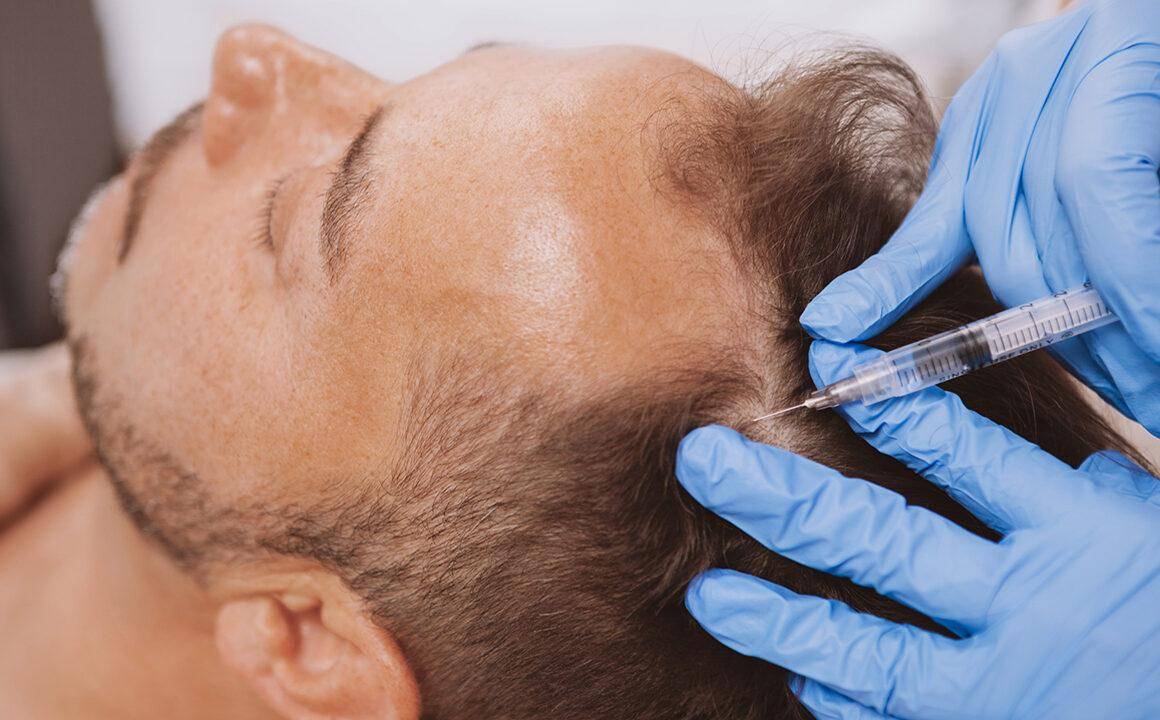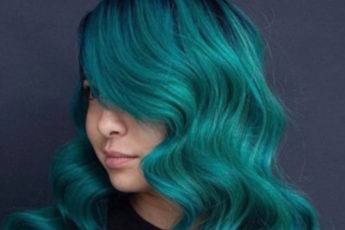10 Ways To Combat Hair Damage And Loss

Hair damage and loss can be distressing and impact an individual’s self-confidence. Fortunately, you can take proactive steps to address these issues and maintain healthier, fuller hair.
This blog post will discuss 10 effective strategies to prevent hair damage and loss, including determining the cause, using supplements, and considering hair transplant surgery.
1. Determine the Cause of Hair Loss
Hair loss has many causes, including genetics, hormonal imbalances, aging, stress, poor nutrition, cancer treatment, or medical conditions. In some cases, like alopecia areata, the cause is unknown, and hair grows back even without any intervention.
It would help to consult a dermatologist or trichologist to identify the possible causes and the appropriate treatment.
2. Non-Surgical Treatments And Supplements That May Slow Down Hair Loss
Minoxidil and finasteride are FDA-approved medications for treating male or female pattern baldness (Androgenetic alopecia). Minoxidil, a topical solution, prolongs the hair growth phase, while finasteride, an oral medication, inhibits the conversion of testosterone into dihydrotestosterone (DHT), a hormone linked to inflammation and hair loss.
Other treatments like low-level laser therapy (LLLT), Platelet Rich Plasma (PRP), and microneedling may also help combat hair loss. PRP therapy involves injecting a concentration of the patient’s platelets to stimulate hair growth. At the same time, microneedling uses tiny needles to create micro-injuries in the scalp, promoting collagen production and hair growth. Both treatments may be effective for hair loss, including androgenetic alopecia.
It’s best to consult a doctor or surgeon to determine if these treatments or medications are appropriate for your hair loss condition.
3. Hair Transplantation Procedure
If you’re experiencing significant hair loss, a hair transplantation procedure may be a viable option. This procedure involves extracting hair grafts from a donor site and grafting them to the recipient site, resulting in a natural-looking, fuller head of hair. Different techniques are available, like FUE (Follicular Unit Extraction) or FUT (Follicular Unit Transplantation). Both procedures involve the extraction and transplantation of hair follicles and can be used depending on the patient’s needs.
4. Minimize Chemical Treatments
Chemical treatments like hair coloring, perms, and relaxers can weaken hair and cause damage over time. It would help to limit your use of these treatments and consult with a professional hair stylist for proper application and care. Give your hair a break every few months to allow it to recover.
5. Protect Your Hair from the Sun
Exposure to UV rays can weaken and damage hair, causing dryness, breakage, and color fading. Wear a hat or use hair sunscreen products to shield your hair from harmful UV radiation when spending time outdoors.
6. Limit Heat Styling And Avoid Tight Hairstyles
Using heat-styling tools too frequently can damage your hair and lead to breakage. Avoid using hair-styling tools like flat irons, curling wands, and blow dryers, and opt for air-drying or heatless styling techniques when possible.
Tight hairstyles can cause tension on the hair shaft, leading to breakage and hair loss. It’s best to opt for looser, more comfortable styles that minimize strain on your hair. This means saying goodbye to buns and ponytails.
7. Use the Right Hair Products For The Hair And Scalp
Choose hair care products suited to your hair type and specific needs. It’s best to avoid harsh shampoos and conditioners containing sulfates and other harmful chemicals and opt for gentle, nourishing formulas instead.
Remember that a healthy scalp environment is vital for hair growth. It would help to incorporate regular scalp massages and exfoliation into your routine to increase blood circulation, remove dead skin cells, and promote healthier hair growth. Doing so may keep your scalp healthy and encourage hair growth.
8. Be Gentle with Wet Hair
Some studies suggest detangling brushes and excessive pulling or combing may cause bald spots. Wet hair is susceptible to breakage, so avoid brushing or combing it when damp. If you must, use a wide-tooth comb to gently detangle your hair after showering.
9. Remain Hydrated
Dehydration can cause hair to become brittle and prone to breakage, so make sure you’re drinking enough water daily.
10. Have A Work-up For Hypothyroidism
Hypothyroidism is often overlooked as a cause of hair loss, dryness, and brittleness. If you have other symptoms like cold intolerance, easy weight gain, and fatigue, consult your health professional to rule out hypothyroidism as the culprit in hair fall and damage. It’s important to identify and treat any underlying medical conditions that may be contributing to your hair loss.
While special interventional diets have not shown proof of improved hair condition or decreased hair fall, some supplements under study, like Zinc, Omega 3, and Pumpkin Seed Oil, show potential.
Takeaways
By following these comprehensive strategies, you can fight or prevent hair damage and loss. It’s essential to determine the cause of your hair loss, use appropriate treatments and supplements, and consider non-surgical or surgical interventions if necessary. Remember to care for your hair by avoiding harsh chemicals and heat styling tools, wearing protective gear when necessary, and maintaining a healthy scalp environment. Consult with a healthcare professional or hair restoration specialist to create a personalized plan tailored to your needs and achieve the best results. With patience, consistency, and help from a professional, you’ll achieve healthier, more beautiful hair.
Share via:





Leave a Comment